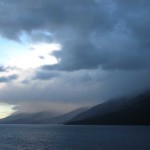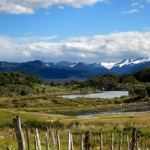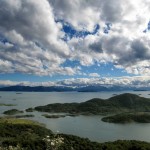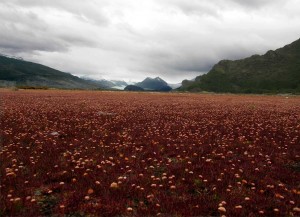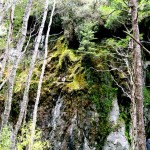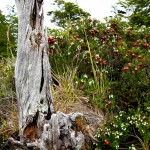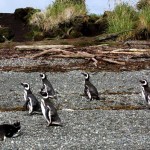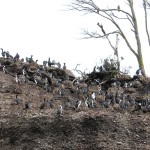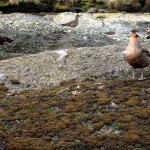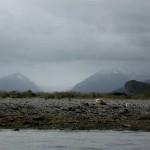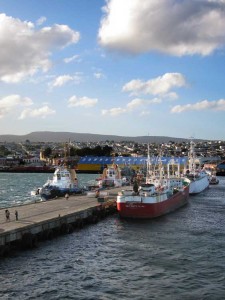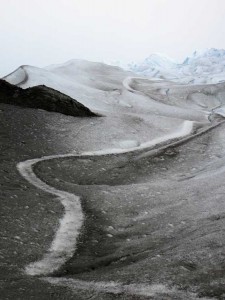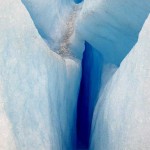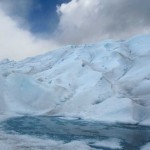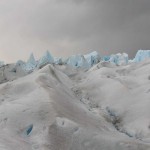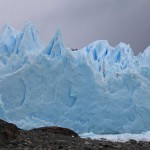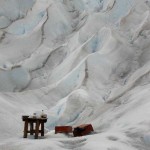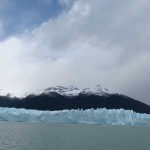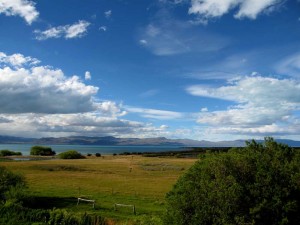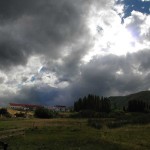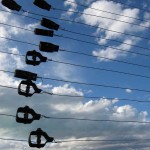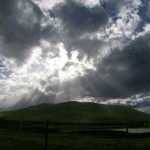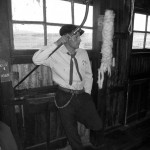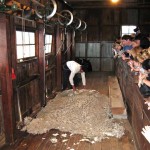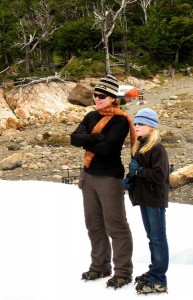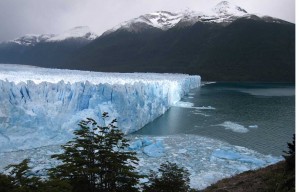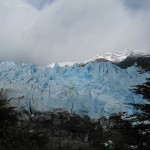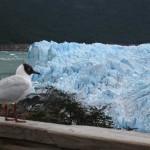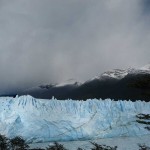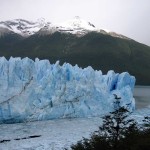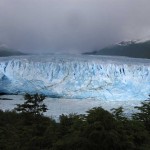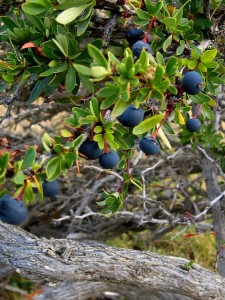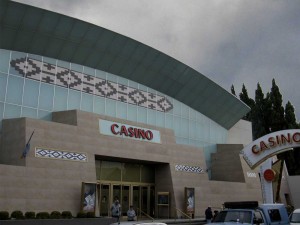 For those of you who are jonesing to read another dice update from the casinos of Southern Patagonia, you are in luck, for I have just completed my report on the craps table in El Calafate.
For those of you who are jonesing to read another dice update from the casinos of Southern Patagonia, you are in luck, for I have just completed my report on the craps table in El Calafate.
(Apologies for our lack of information on “buying the 4 and 10” and hopping bets. We also failed to discover if they allow you to lay odds on the Don’t Pass/Don’t Come — in truth, our basic play freaked out the dealers so much that we just didn’t have the nerve to go the extra mile!)
Table Security is Whacked. They put a lot of trust in dealers here… something rare for a casino, which is always worried about collusion (a dealer in cahoots with a player). In El Calafate, the stickman moves the dice to the dealer on base, who picks them up and physically hands them directly to the player shooting the dice. This is such a huge security lapse, I don’t even know where to begin. There are a lot of opportunities to switch dice here. Table limits don’t really justify organized cheating, but they’re practically begging for it. There was a boxman and there also was one camera on the table that I could see.
Impossible Shooting Rules. Generally, a casino wants a shooter to bounce both dice off of the back wall — how a player gets them there is normally not too much of a concern. Not so in El Calafate, where the rules for shooting were mystifying. They wanted me to throw underhand and have the dice hit the table in front of the table’s midpoint, throwing with enough force that these spotted cubes would continue on to bounce off of the back wall. This is nearly impossible and leads to two problems: 1) the dealers can call a “no roll” on nearly any throw based on how close you get to the “mid-point”; and, 2) the dice plow through all of the chips on the table making a mess.
Too Few Chips on the Table. First of all, they didn’t use real chips. They used a strange plastic chip that had beveled edges and didn’t stack or fit in the rail. Even more unusual, they had about 1/10 of the chips they needed on the table to successfully deal the game. Because of this shortage, the dealers were always trying to color up our chips (exchanging lower denominations for higher denominations). This is a bad policy from a casino’s standpoint because people bet more when they have “bullets,” the denomination of chip most commonly used to wager. You don’t want to exchange the bullets for higher denominations, which a player may put in their pocket rather than wager.
Higher Minimum Place Bets. The table minimum was $10 pesos, but they required $20 pesos to make a place bet, $10 pesos more than Bariloche.
Weird 6 and 8 and Single Odds. Same deal as Bariloche’s casino, only single odds on pass line/come bets and $10 wins $11 on the 6 and 8.
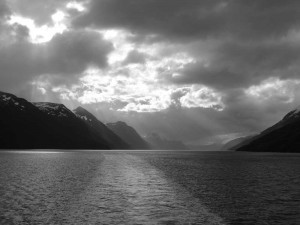 Why do all young children’s finger painting efforts end up as black sludge? Because they enjoy the process of creation and don’t give a rat’s ass about the end product.
Why do all young children’s finger painting efforts end up as black sludge? Because they enjoy the process of creation and don’t give a rat’s ass about the end product. 